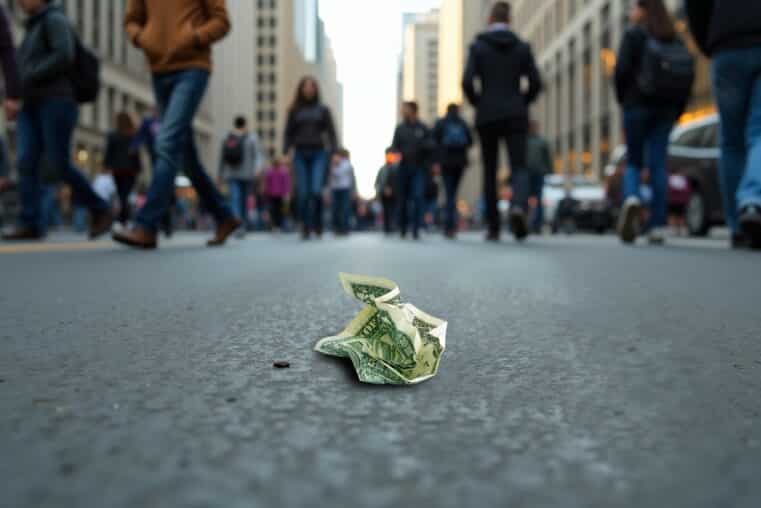
Love in the Time of Inflation: How the Fed Stole Valentine’s Day
Valentine’s Day was once a time of roses, chocolates, and candlelit dinners. Now? It’s just another casualty of runaway inflation. A romantic getaway? Forget about it. A nice dinner? That’ll cost you an arm and a leg. Even something as simple as a heartfelt bouquet is now a luxury thanks to rising costs and economic mismanagement.
Just ask Xavier Scott, a University of Florida student who had high hopes for a memorable Valentine’s Day with his girlfriend. His plans? A trip to Tampa, a present, and a visit to the Florida State Fair. The price tag? A whopping $400.
“I would love to do more things more frequently, and I want to do bigger things,” Scott lamented. But like so many Americans, he’s feeling the squeeze.
And he’s not alone. A WalletHub survey found that 39% of Americans say inflation is wrecking their Valentine’s plans, while 34% don’t even expect their partner to buy them a gift this year. When even love is being budgeted down to the last penny, you know something’s seriously wrong.
The Government’s Love Letter: More Inflation
Let’s be clear—this isn’t some natural economic cycle. This is the direct result of reckless government spending and the Federal Reserve’s insatiable appetite for money printing. According to the U.S. Bureau of Labor Statistics, the price of food—basic necessities like eggs and meat—kept climbing in January, meaning families and couples alike are paying more for less. Eating out is now 3.4% more expensive than last year.
And small business owners? They’re taking the hit, trying to shield customers from the full brunt of these increases.
Betsy Gardner, owner of The Plant Shoppe Florist, says her business is uniquely positioned because of the college students in town, but that doesn’t mean they’re immune.
“We essentially pay double freight on every flower,” Gardner said. That’s right—double the cost just to get the product in the door.
Over at Crevasse’s Florist, owner Marcela Viana tried to cut costs by driving to Miami herself to find cheaper flowers. That’s how desperate small business owners are—burning time and gas money just to keep their prices somewhat reasonable.
It’s the same story at Nothing Bundt Cakes, where manager Amber Robinson has seen a drop in pre-orders this year. People still want to celebrate, but they’re waiting until the last minute, pinching every penny before deciding if they can afford that extra sweet treat.
Who’s Really Paying the Price?
The average American is cutting back. College students are reworking their Valentine’s Day plans. Small business owners are swallowing price hikes just to keep customers coming back.
But let’s ask the real question—are the politicians, central bankers, and corporate elites suffering? Is Fed Chair Jerome Powell deciding between a nice steak dinner or a microwaved meal? Is Joe Biden skipping out on flowers for Jill because they cost too much?
Of course not. The people who created this mess will never feel its consequences. They’ll keep printing money, sending billions overseas, and making sure their Wall Street buddies stay happy—while the rest of us watch the purchasing power of our dollars evaporate.
The Bottom Line
Valentine’s Day should be about love, not economic anxiety. But thanks to the Federal Reserve, government incompetence, and out-of-control inflation, romance now comes with a hefty price tag.
This isn’t just about flowers and chocolates. This is about a system that is failing the American people, one “transitory” price hike at a time.
So what can you do? Take back control. Educate yourself. And most importantly, prepare for the financial storm ahead.
👉 Download “Seven Steps to Protect Yourself from Bank Failure” by Bill Brocius to learn how to safeguard your money before it’s too late. Click here to get it now.











